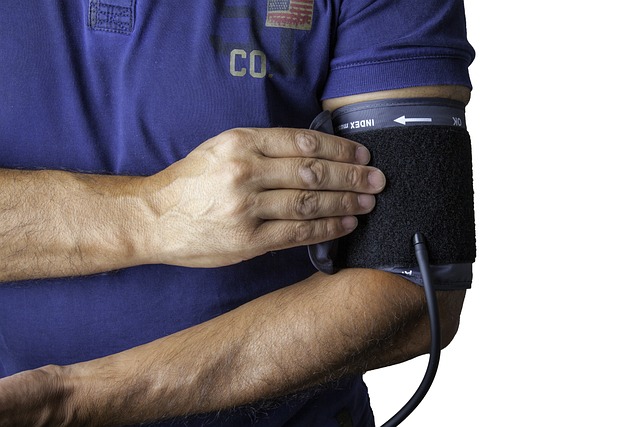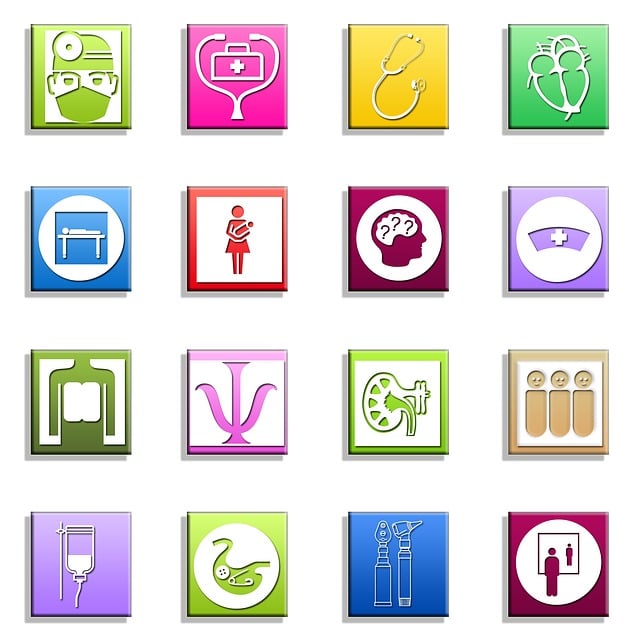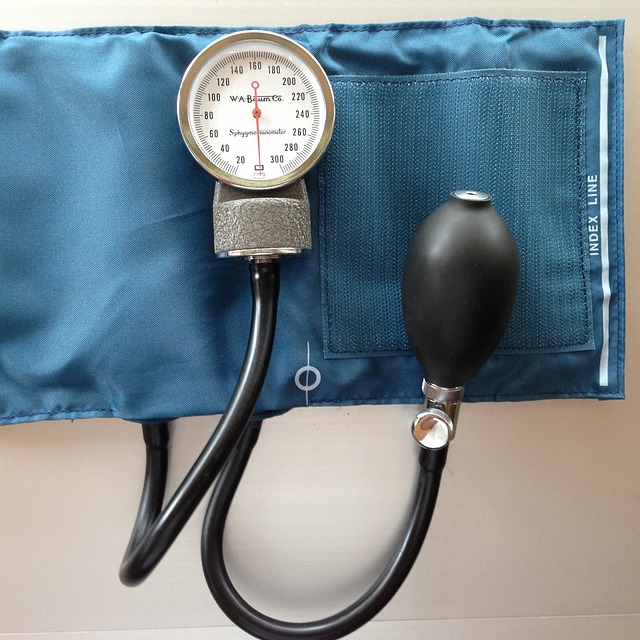Low water pressure, often overlooked but crucial for daily routines, can disrupt showering, cleaning, and increase energy bills. It's caused by hidden factors like faulty pipes, corroded valves, leaks, or outdated plumbing. Identifiying the root cause requires professional diagnosis to ensure efficient and safe water delivery throughout your home, maintaining optimal plumbing performance.
Are you experiencing weak or inconsistent water pressure in your home? This hidden plumbing issue could be more than just an annoyance—it may be leaving you with less hot water, slower cleaning, and even damage to your pipes. Understanding the causes of low water pressure is crucial for maintaining a comfortable and efficient home. In this article, we’ll explore the common causes of low water pressure, from leaks and clogs to regulator issues, and provide a step-by-step guide for diagnosis and solutions, empowering you to restore optimal water pressure.
- Understanding Water Pressure and Its Impact
- – Definition of water pressure and its significance in daily activities
- – Effects of low water pressure on households
Understanding Water Pressure and Its Impact

Water pressure is a vital aspect of your home’s plumbing system, playing a crucial role in ensuring an enjoyable shower experience, powerful cleaning, and efficient water distribution throughout your property. However, low water pressure can be a persistent issue that goes unnoticed until it becomes a significant problem. This subtle yet critical factor can stem from various causes, leading to decreased efficiency and performance of your plumbing fixtures.
Understanding the impact of low water pressure is essential as it not only affects your daily routines but also indicates potential issues within your plumbing infrastructure. From reduced flow rates in faucets and showers to inefficient flushing of toilets, these symptoms can be early indicators of underlying problems such as leaks, corroded pipes, or faulty pressure regulators. Identifying and addressing the causes of low water pressure is key to maintaining a well-functioning plumbing system and ensuring a steady, robust water supply throughout your home.
– Definition of water pressure and its significance in daily activities

Water pressure is a vital aspect of our daily lives, often taken for granted until it becomes a problem. It refers to the force at which water moves through pipes and fixtures in your home or building. This simple yet powerful force ensures that everyday tasks like showering, cooking, and cleaning are not only convenient but also efficient. However, low water pressure can significantly impact these activities, leading to frustration and even increased energy costs.
Low water pressure may seem like a minor inconvenience, but it could be caused by various factors, such as faulty pipes, outdated plumbing systems, mineral buildup, or issues with the main water supply line. Identifying and addressing these hidden problems is crucial to maintaining optimal water pressure. By understanding the causes of low water pressure, homeowners can take proactive measures to ensure their plumbing systems function at their best.
– Effects of low water pressure on households

Low water pressure in your home can significantly impact daily routines and overall comfort. It may seem like a minor inconvenience, but its effects are far-reaching. From taking longer showers due to reduced water flow to struggling to get enough water pressure for effective cleaning, these issues can disrupt household activities. In addition, low water pressure can lead to higher energy bills as hot water heaters work harder to provide adequate heat and pressure for your daily needs.
The causes of low water pressure are varied and often hidden within the complex network of pipes beneath your home. Issues such as faulty valves, corroded pipes, leaks in the plumbing system, or even incorrect pressure settings can all contribute. Identifying these problems requires careful inspection and professional diagnosis to ensure efficient and safe water delivery throughout your household.
Low water pressure can be a frustrating and often overlooked issue, with various hidden causes such as leaks, outdated pipes, or faulty pressure regulators. Understanding these causes is crucial for homeowners to address and prevent potential damage and enhance their daily routines. By identifying and rectifying plumbing problems early, you can ensure consistent, robust water pressure, thereby improving your overall household experience.
